Learn Ottoman Hıstory
To truly understand Dolmabahçe Palace is to witness the Ottoman Empire’s grand transformation. This is our chronicle of that final, turbulent era, where we go beyond the gilded architecture to explore the politics of modernization and the lives of the last sultans. Here you will find in-depth articles on the Westernization reforms, the powerful figures of a changing court, and the pivotal events that defined an empire’s magnificent twilight.
Learn from the Curator's Desk: Our Featured Story
The Empire's Lifeline: A Vast Logistics Network
How do you feed a city within a city? This article unveils the colossal supply chain that sustained Topkapi Palace, a logistical marvel that brought spices from Egypt, silk from Bursa, and porcelain from China to the heart of the empire, showcasing the true operational might behind the imperial splendor.
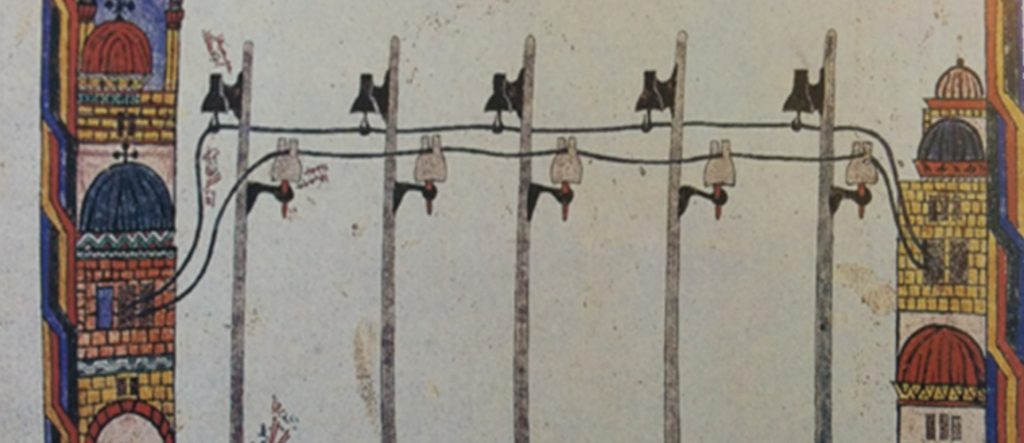
Telegraphers, Photographers, Machinists: The Hidden Heroes of Dolmabahçe’s Modern Face

An Empire's Final Chapter:
Three Defining Acts
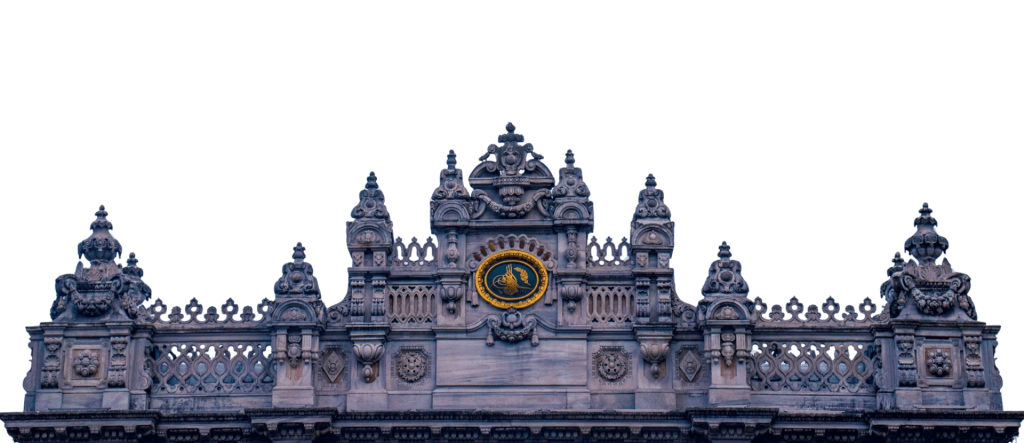
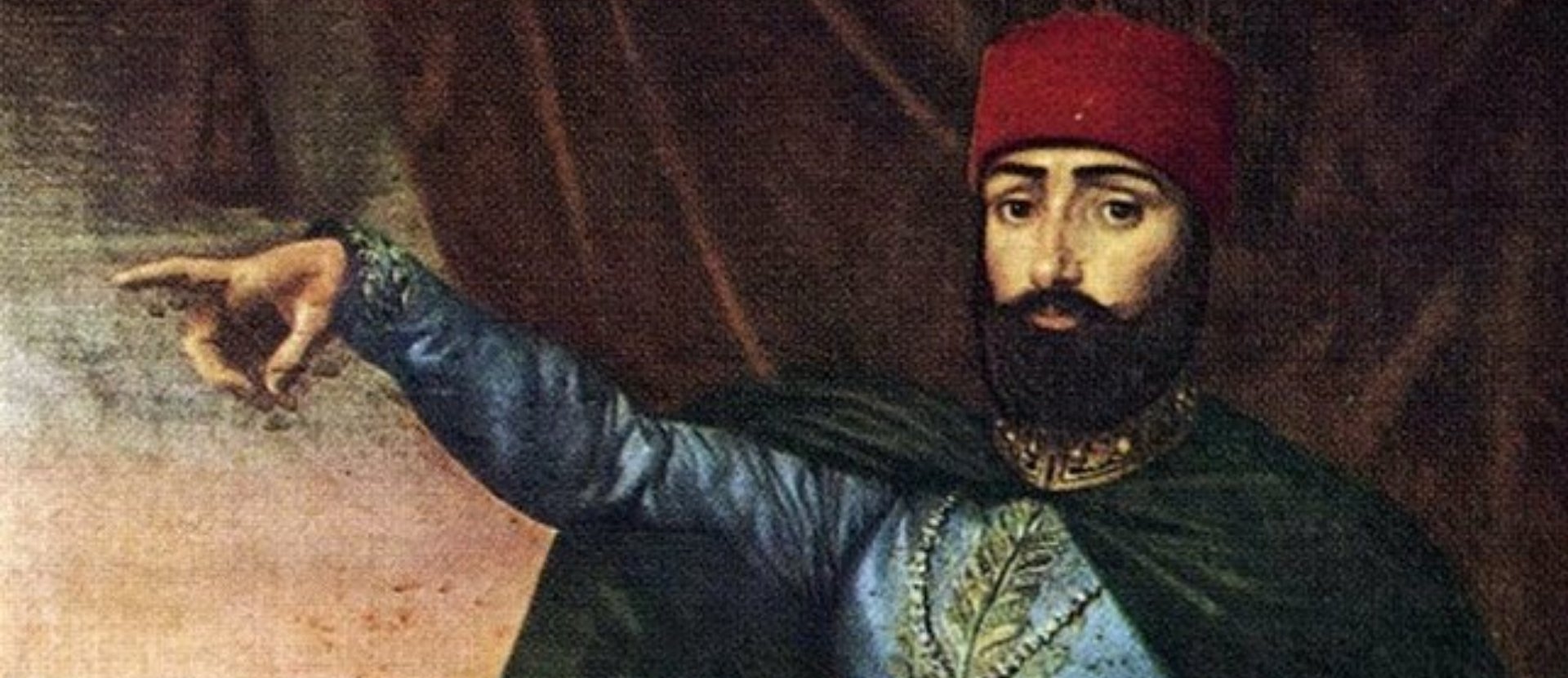
The Price of a Dream: Why Sultan Abdülmecid Built Dolmabahçe and What It Cost the Empire
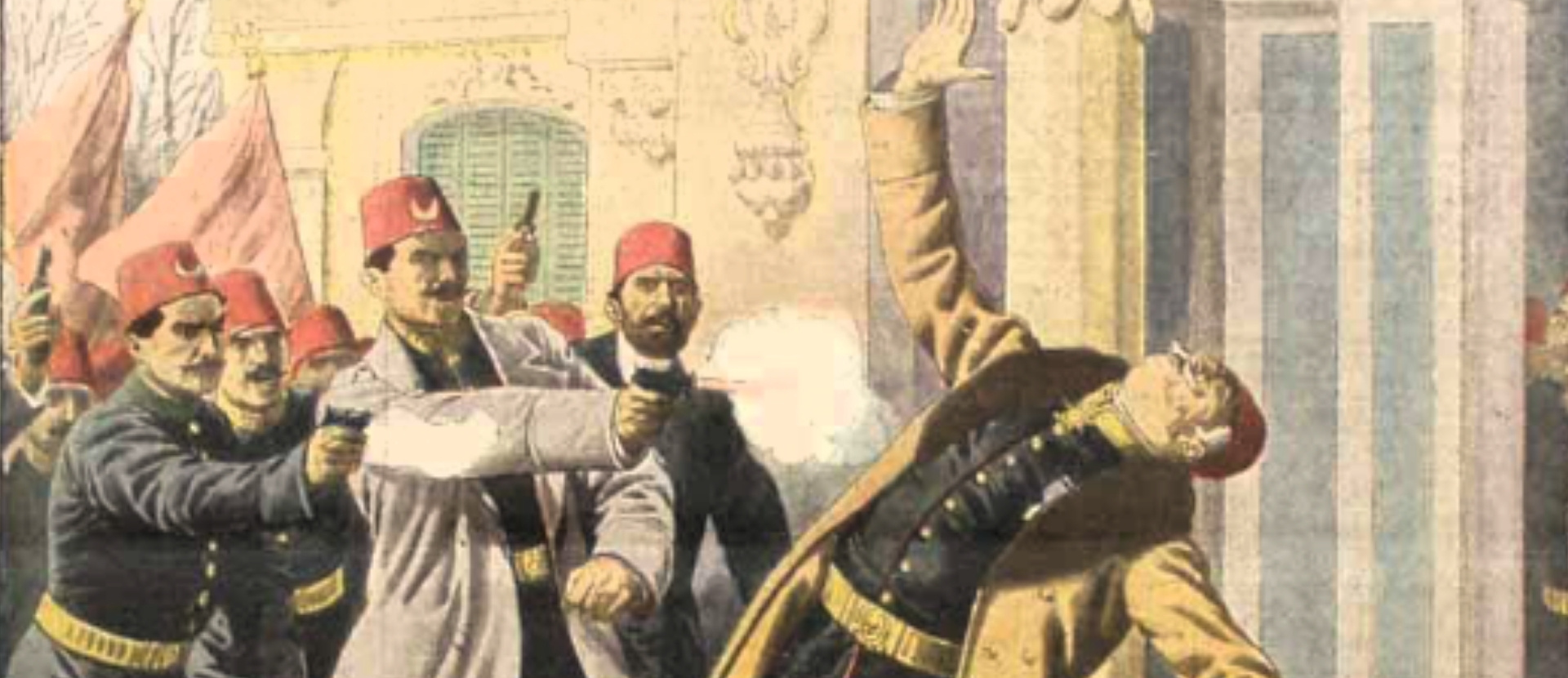
The Bâb-ı Âli Raid: How the Rule of the Three Pashas Seized Power from the Palace and the Government?
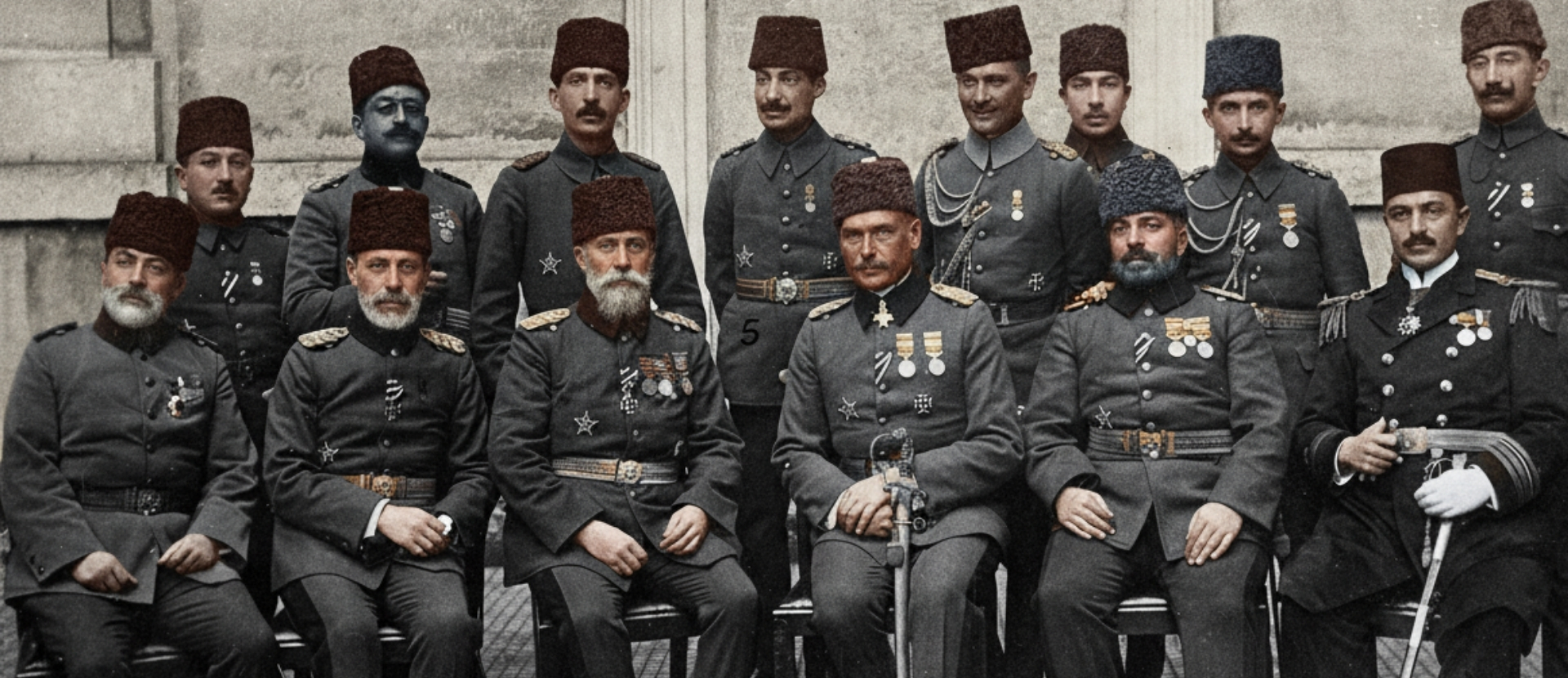
The Last Guests in the Twilight: Visits of World War I Allies to Dolmabahçe Palace
Enrich Your Exploration
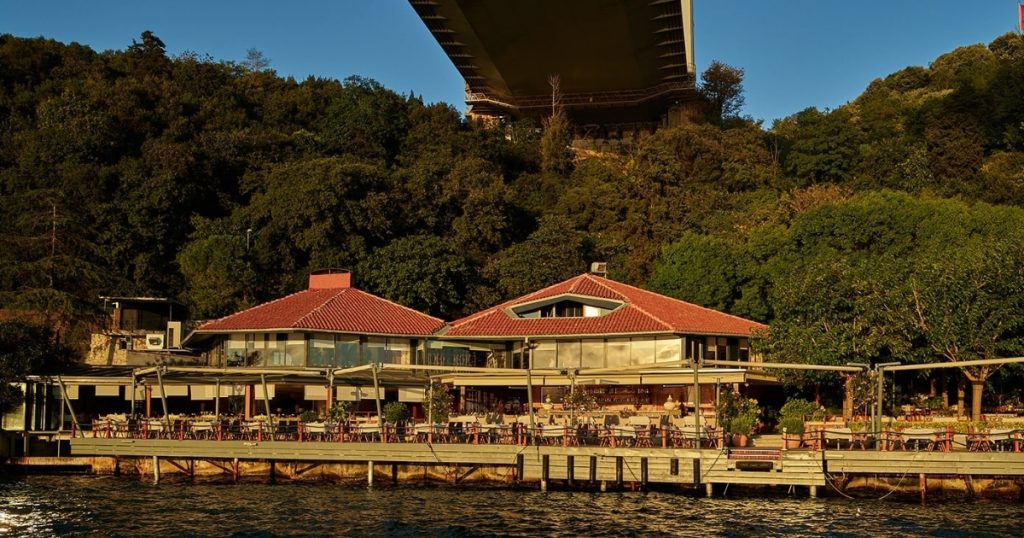
Lacivert: Your Bosphorus Table

Avis: The Keys to the City
Stories from an Era of Transformation
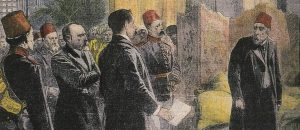
The Sultan’s Unseeing Eyes: Sultan II Abdülhamid’s Spy Network and the Intelligence Web Managed from the Palace
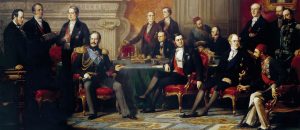
The Empire’s Last Diplomats: How Âli Pasha and Fuad Pasha Won Wars with the Pen
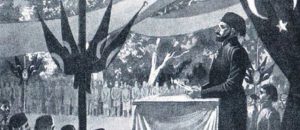
Not the Sultan’s Servant, but the Architect of the State: How the Grand Vizierate Became More Powerful Than the Palace in the Dolmabahçe Era

The Minds Behind the Modern Empire
Read more about the Figures of the Era >Your Imperial Story Begins Before You Land
Turkish Airlines: Your Journey to the Empire’s Gates
The journey to the heart of the empire deserves a beginning worthy of its destination.In the spirit of world-class travel, we salute the storytellers who capture the soul of Istanbul.
Watch this stunning tribute, and see where your own story will begin.

FAQ: Frequently Asked Questions about Ottoman Empire
Why did the Sultans move from Topkapı to Dolmabahçe Palace?
The move symbolized the Ottoman Empire’s shift towards a modern, European-style monarchy. Topkapı was seen as a medieval, isolated labyrinth, while Dolmabahçe was designed as a grand, accessible, and contemporary residence to better manage a modernizing state and impress international dignitaries.
What were the "Tanzimat Reforms" and how do they relate to the palace?
The Tanzimat Reforms were a series of widespread modernization efforts in the military, administration, and law, aimed at revitalizing the empire. Dolmabahçe Palace is the architectural embodiment of this era—a physical statement of the empire’s commitment to Westernization and reform.
Who was the most influential Sultan of the Dolmabahçe era?
While Sultan Abdülmecid built the palace, Sultan Abdülhamid II is arguably the most influential. He ruled the empire from the nearby Yıldız Palace for 33 years, a period of immense political tension, technological advancement (like the telegraph), and internal challenges that defined the empire’s final chapter.
What was the role of the Balyan family in the palace's construction?
The Balyan family was a dynasty of prominent Ottoman Armenian architects who served the sultans for generations. Garabet Balyan and his son Nigoğayos Balyan were the chief architects of Dolmabahçe, masterfully blending European and Ottoman styles to create the magnificent structure we see today.
Did the "Sultanate of Women" continue in Dolmabahçe Palace?
No. By the 19th century, the era of powerful Valide Sultans directly controlling state affairs from the Harem had largely ended. While the mothers and wives of the sultans still held significant prestige and influence within the court, their political power was far more limited compared to the formidable women of the Topkapı era.
What is the significance of the Ceremonial Hall (Muayede Salonu)?
It is one of the largest and most impressive halls of its kind in the world. It was the heart of imperial ceremony, used for state receptions, religious holidays, and accession ceremonies. Its sheer scale and the massive crystal chandelier gifted by Queen Victoria were designed to project the undiminished power and grandeur of the Ottoman Sultanate to the world.
How did the Ottoman Empire's finances affect the palace?
The construction of Dolmabahçe Palace was incredibly expensive, contributing significantly to the empire’s mounting foreign debt. The palace’s immense luxury and opulence became a symbol of both imperial splendor and the unsustainable financial policies that would ultimately lead to the Ottoman Public Debt Administration.
What is the connection between Dolmabahçe Palace and Atatürk?
After the abolition of the Sultanate, Dolmabahçe Palace was used by Mustafa Kemal Atatürk, the founder of the Turkish Republic, as his presidential residence in Istanbul. It was here that he received foreign heads of state, conducted important work, and ultimately spent his final days, passing away in a room in the former Harem section on November 10, 1938.
Did the lifestyle in the Harem change in Dolmabahçe?
Yes, significantly. The Harem in Dolmabahçe reflected a more structured, European-style royal family life. The education of princes and princesses gained more prominence, Western music and languages became part of the curriculum, and the strict seclusion of the Topkapı era was gradually relaxed.
What happened to the palace after the empire fell?
Following the establishment of the Turkish Republic in 1923, the palace and its contents were transferred to the new state. It was preserved as a museum to showcase the heritage and lifestyle of the late Ottoman period, a function it proudly serves to this day.







